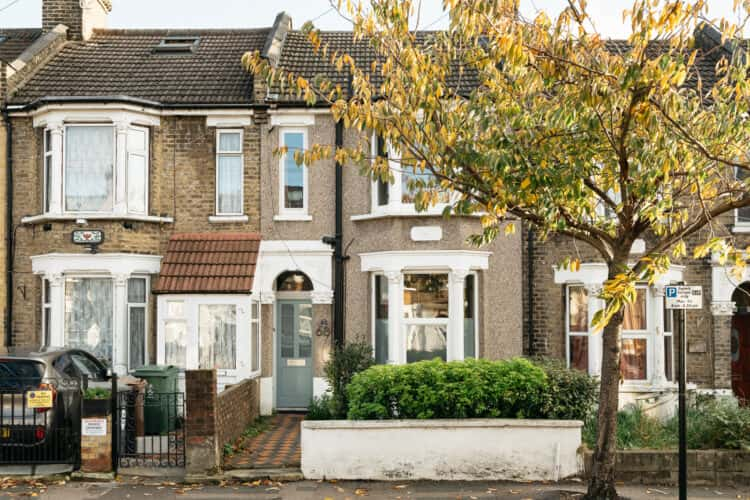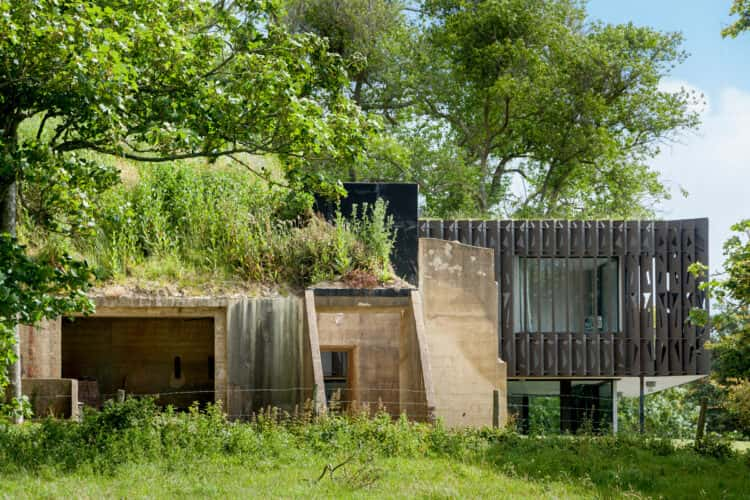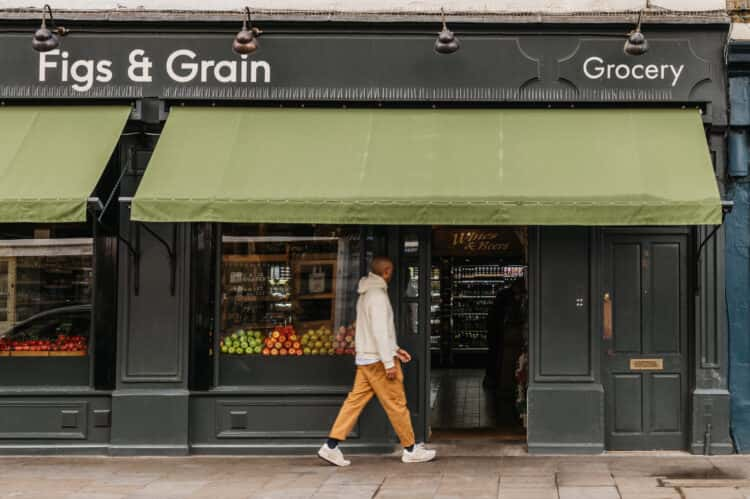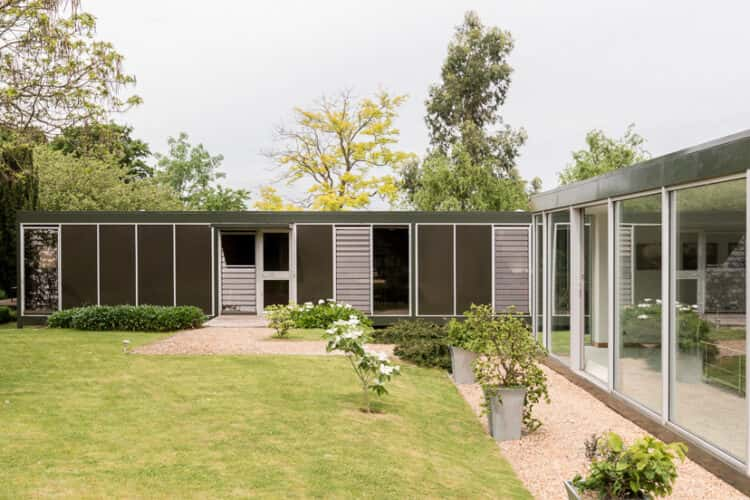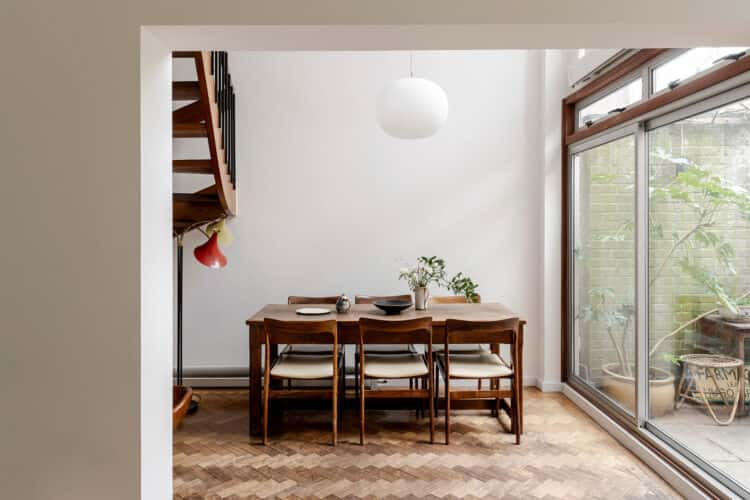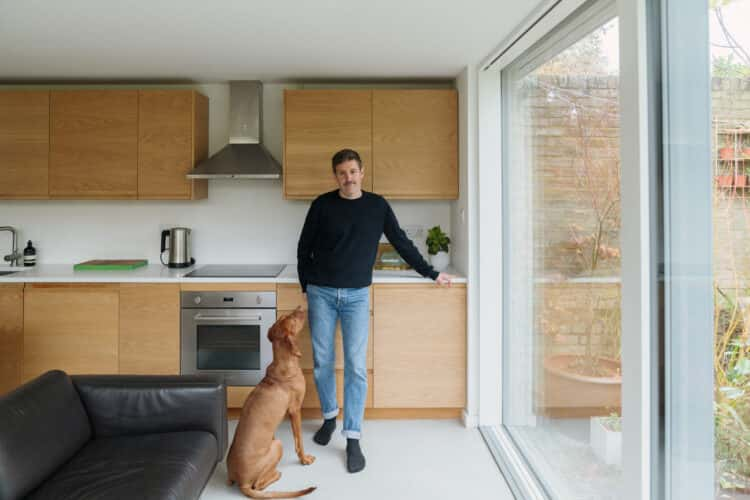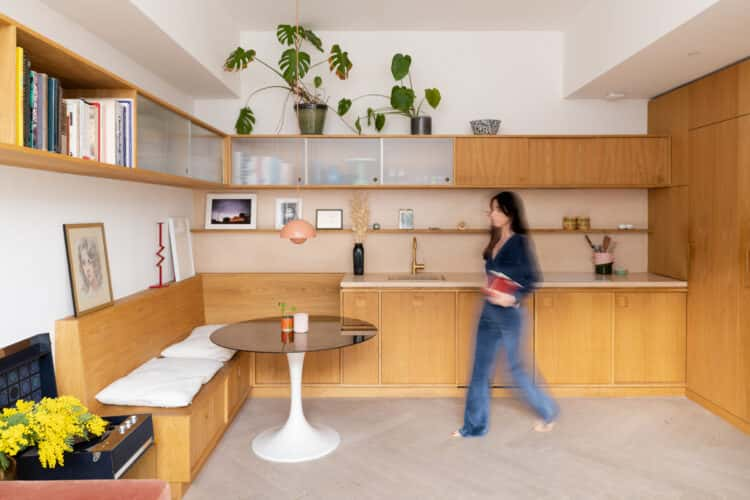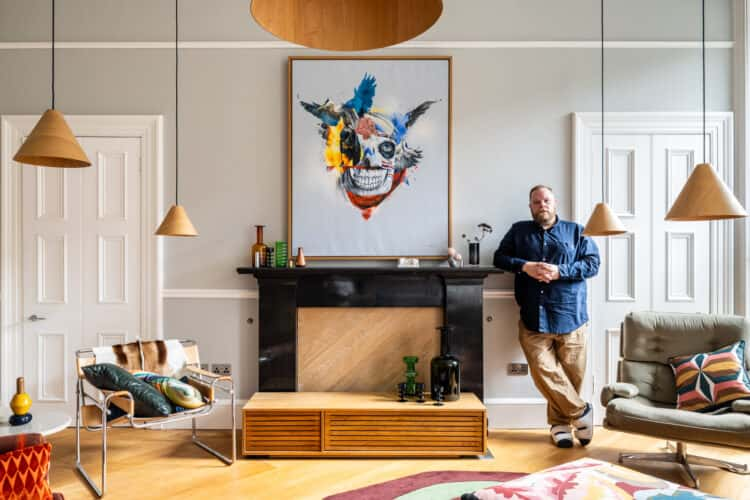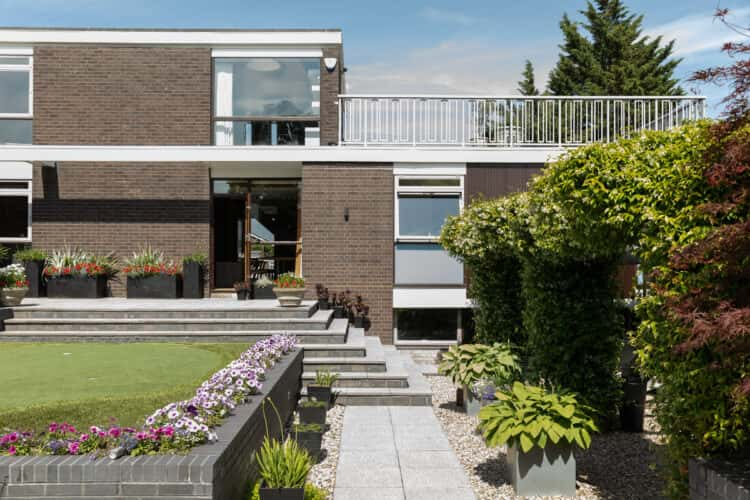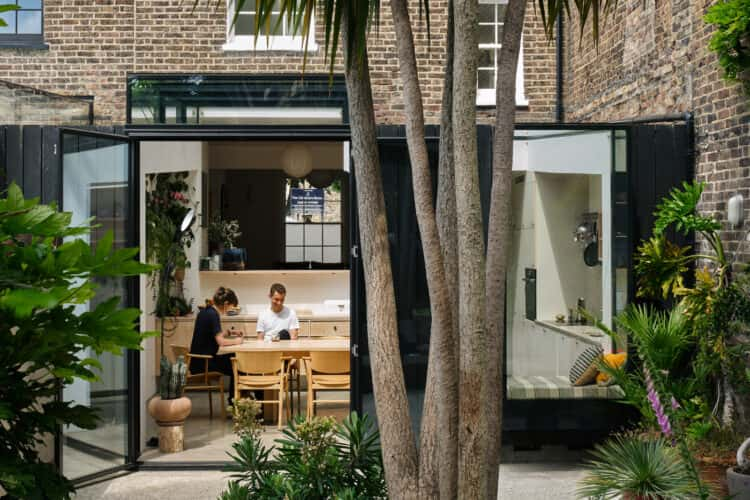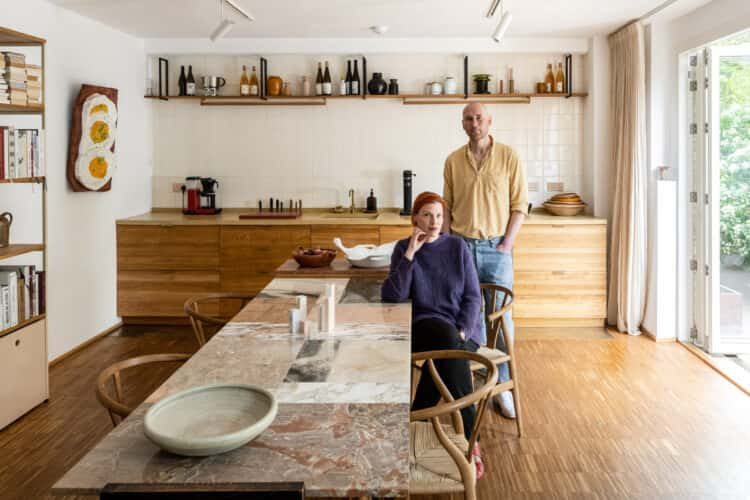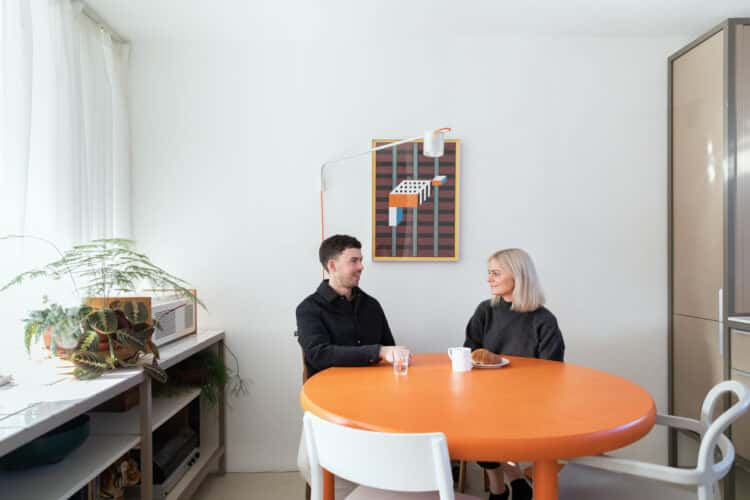How Mabel Law and Andrew Tam transformed a modest flat into a space-maximising maisonette in Walthamstow
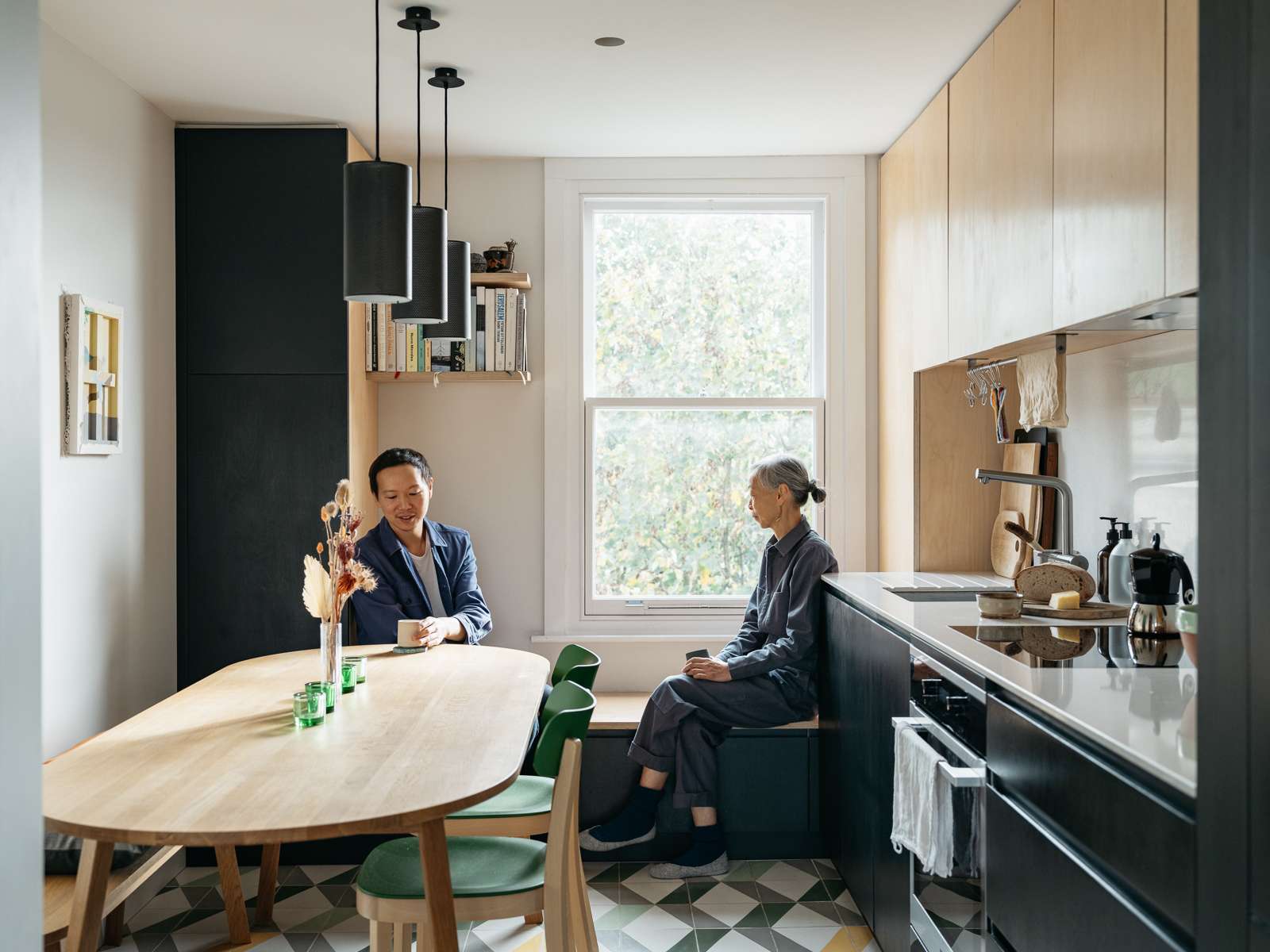
Words Billie Brand
Photography Mark Anthony Fox
Production Hannah Philips
We’re excited to share this story with you, which was first featured in Issue No.6 of The Modern House Magazine. If you haven’t already, you can pick up your copy here.
Having spent many of their years living in various homes in their native Hong Kong, Singapore and the UK, mother and son Mabel Law and Andrew Tam were ready to find a more permanent home in east London. Given their budget, they knew they’d have to get creative with their buy, but Mabel, who had retrained in architectural design a decade ago, and Andrew, an architect at Gort Scott, had the skillset to take on a sizeable challenge. And that they did: in 2013, after years of searching for the right place, they came across a one-bedroom flat on the first floor of a Victorian terraced house in Walthamstow, east London, which they tasked themselves to transform into a maisonette fit for modern family life.
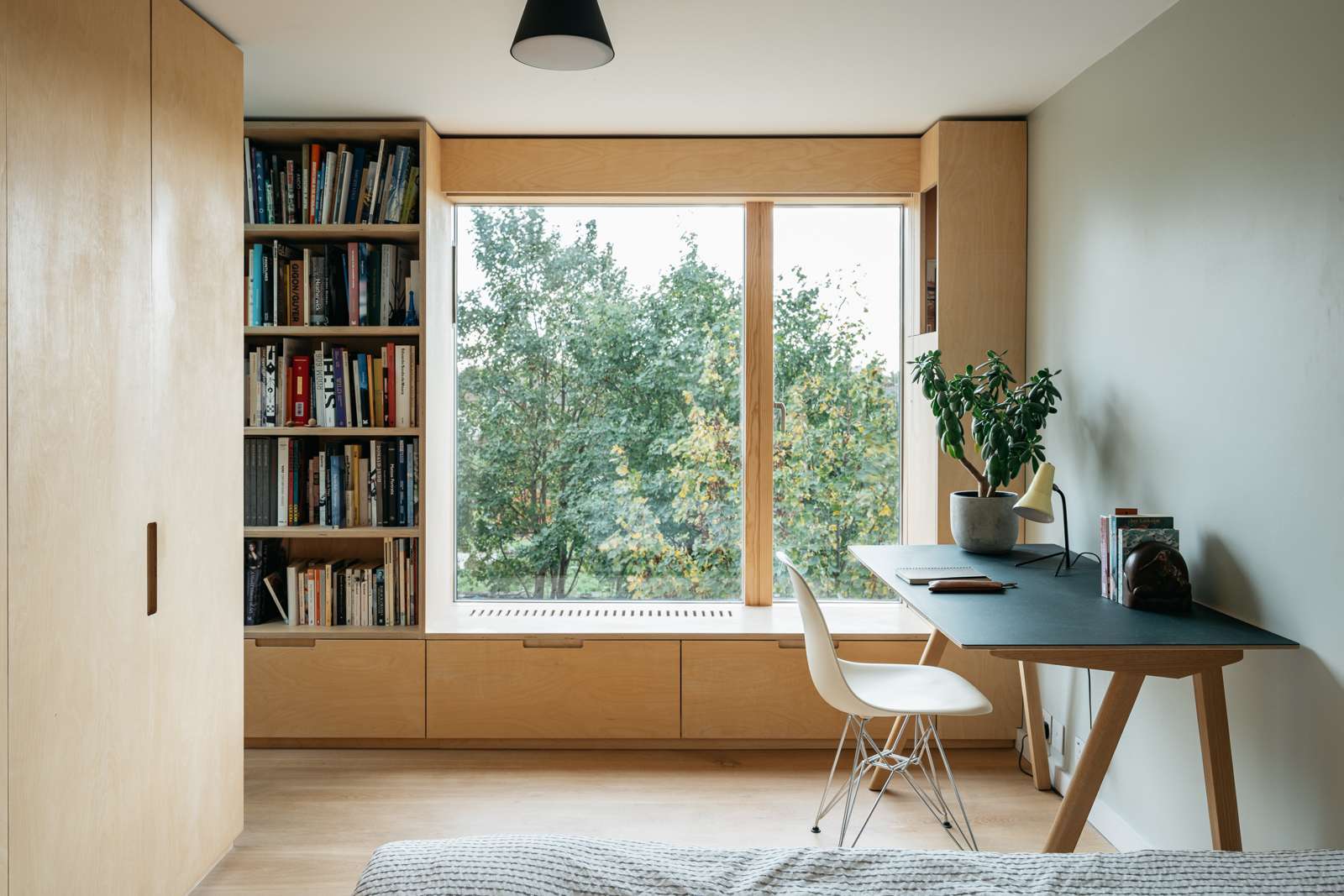
The project took the pair two years to complete. They rearranged its old awkward layout by knocking down a wall to create an open-plan, dual-aspect kitchen and living area, while also employing light- and space-maximising tricks to get the most from their modest home. The cherry on top – quite literally – is the rear extension in which Mabel and Andrew have cleverly added an extra level to the roof, almost doubling its former footprint. This south-facing space functions as a library, study and Mabel’s bedroom, and has soaring views over neighbouring allotments and London’s skyline beyond. Andrew, meanwhile, moved in with his partner, Chantelle Purcell, in Hackney Wick after living here for three years.
This year, Andrew and Chantelle are relocating to live by the sea in Folkestone – and Mabel will be moving to be near them. As this maisonette comes on the market with The Modern House this spring, we visit the mother-and-son duo at home and – over a slice of Mabel’s freshly made bread and a pot of green tea – they reflect on the renovation and the remarkable impact it had on their lives.
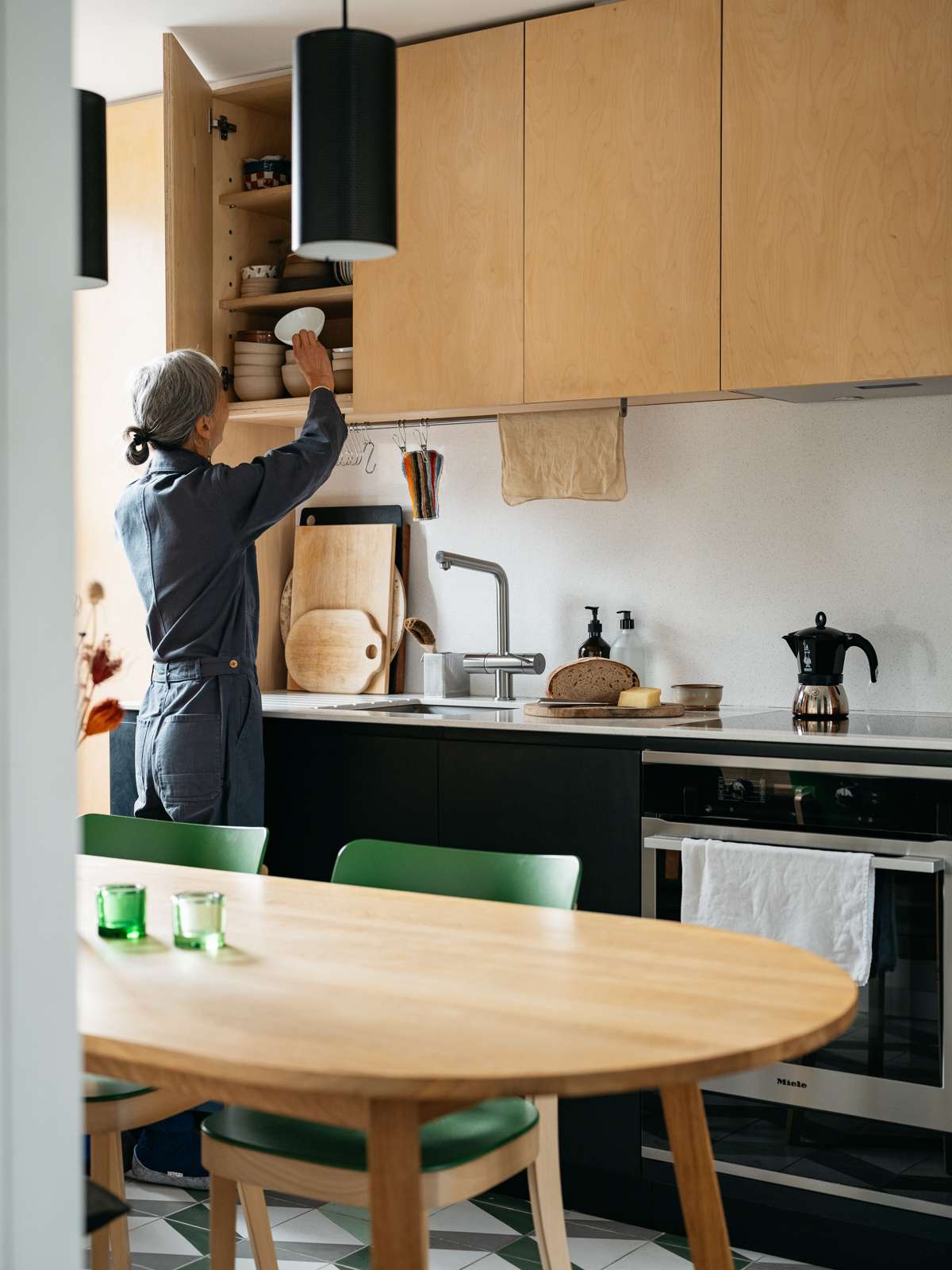
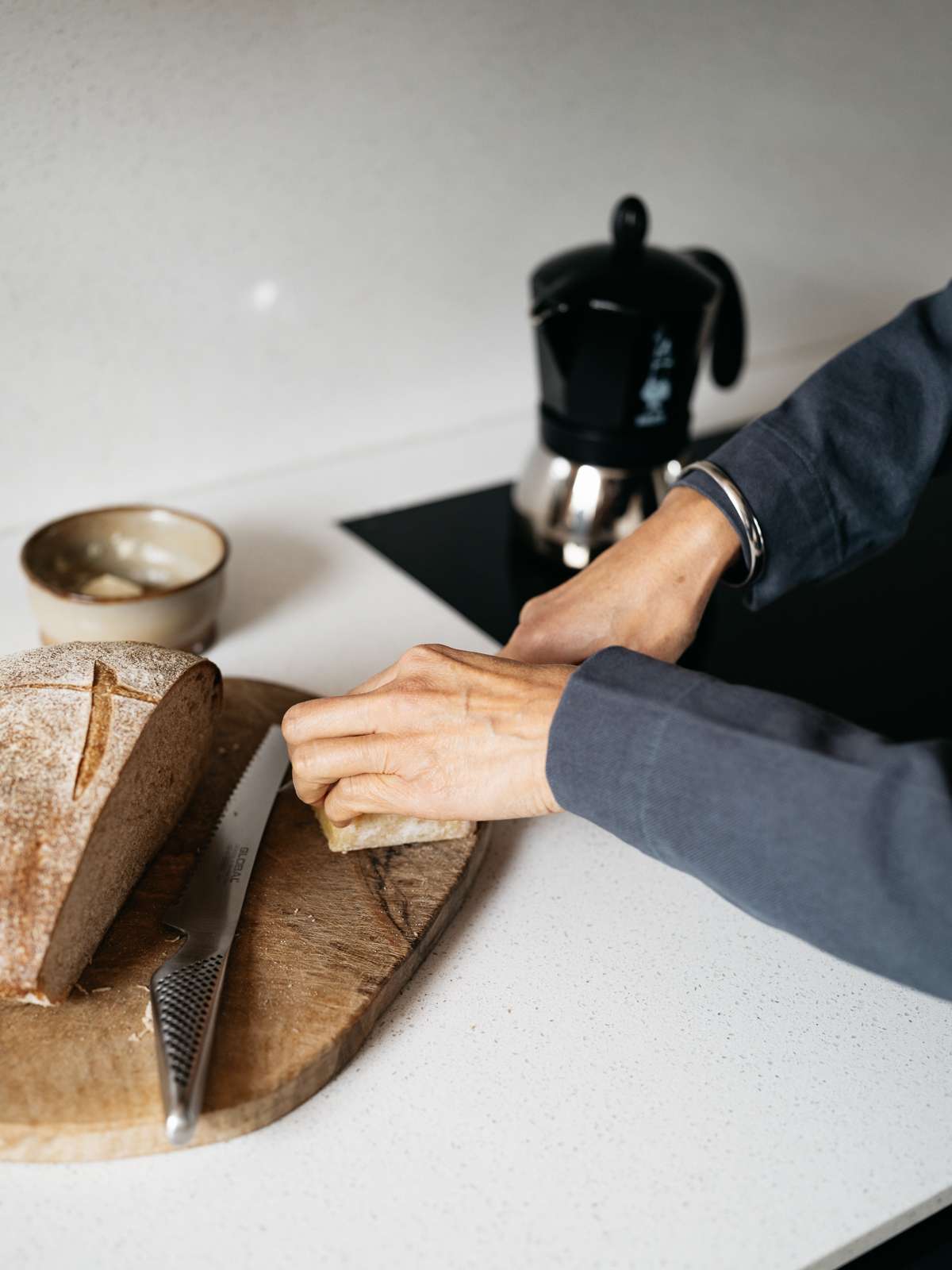
Andrew: “We’ve had lots of family homes over the years because our life hasn’t always been in one place. When I was growing up, we moved a lot because mum worked for Reuters, which required a lot of travel. It’s been just us since I was five years old, which was when my parents divorced, so we’re a small but tight family unit. Being in a space together makes it feel like home.
“Before moving here, we’d sold a place in Tunbridge Wells and were renting in Richmond. As I was commuting to Dalston every day for work, living in south-west London didn’t make sense. We began looking for places in east London within our budget, which we knew would have to be a flat. It quickly became clear that, if we got a two-bed, we’d be putting a lot of money down and wouldn’t be able to make it into the home we wanted. As creative people, that’s something we wanted to do. We then had the idea of finding a one-bed that we could transform into a two-bed ourselves.”
Mabel: “We were having pizza at a pub in Walthamstow when Andrew saw this flat on the market – it was having an open house that day. We grabbed the chance, came down and met the owner. Although there was a higher bid, the seller went with us. It felt like it was meant to be.”
Andrew: “When we moved in, every room was a little box. The old kitchen was where the small bedroom is now; there was a wall dividing what’s now the open-plan kitchen and living area. The roof, meanwhile, was completely untouched. If we’d bought somewhere that had a lot of work done to it, it would’ve felt wasteful to rip it out. This place, however, was genuinely due a makeover. It hadn’t been touched since the 1980s.
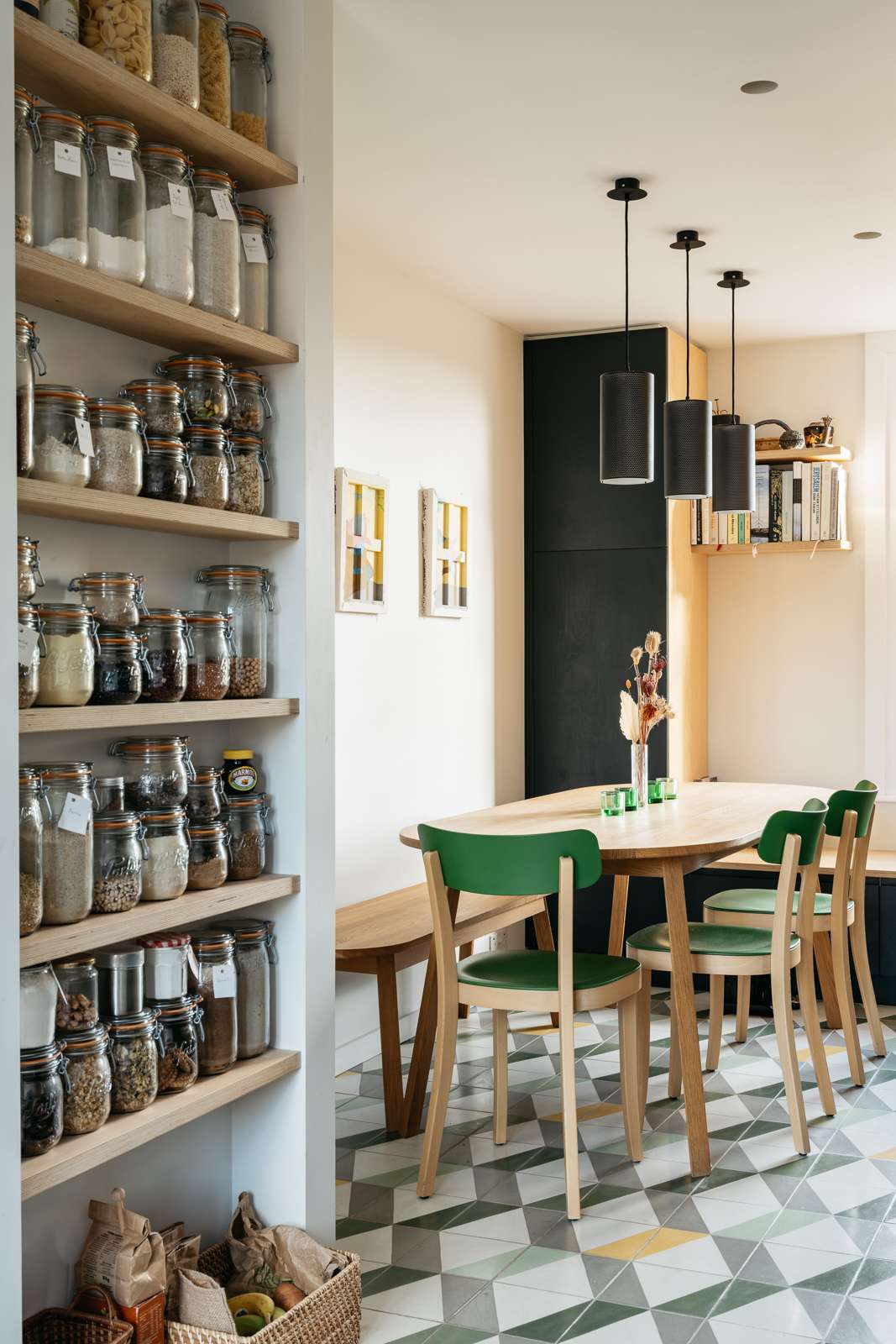
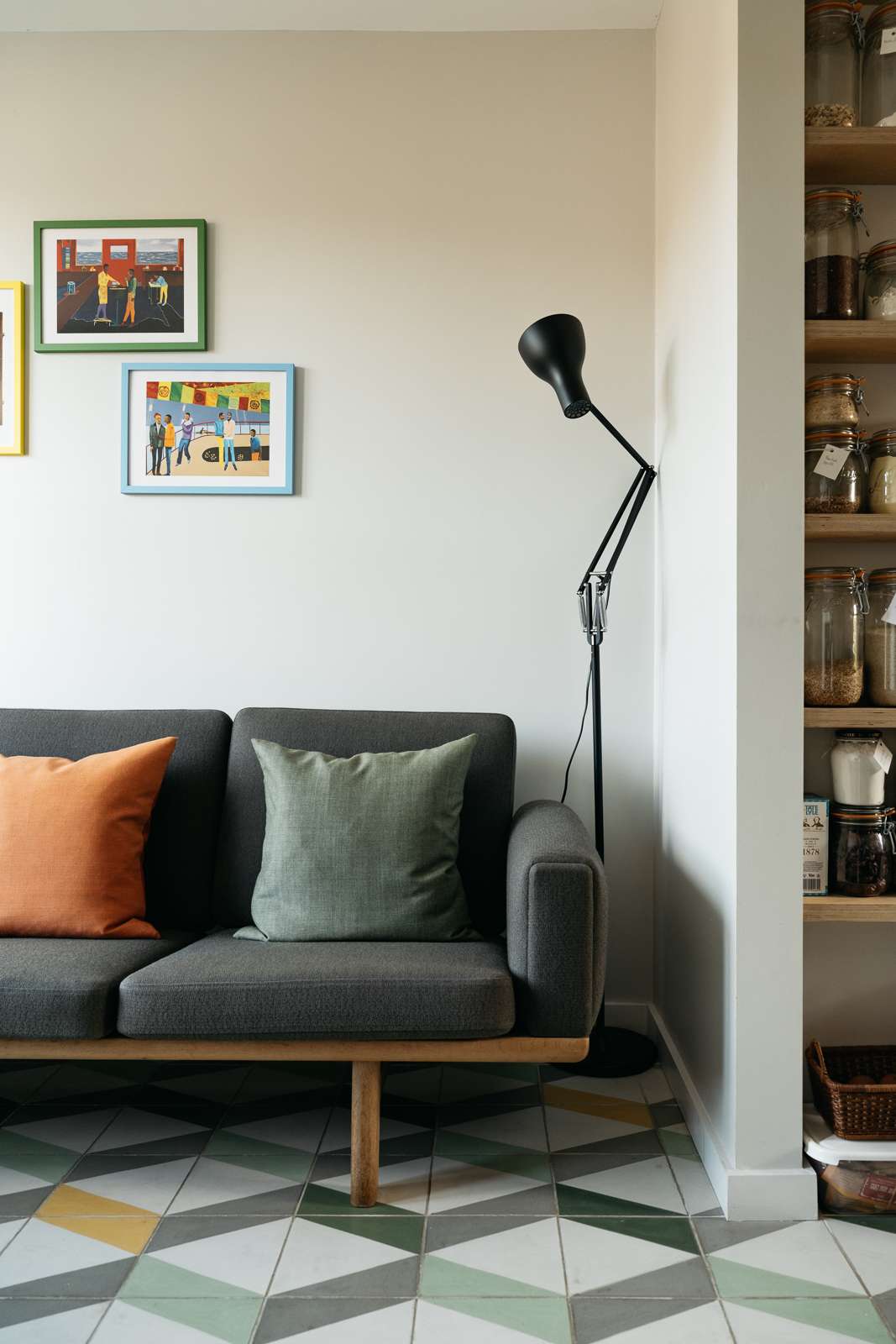
“We wanted to restore character to the house, so we added back in timber sash windows, which had been replaced. We also wanted to make the space feel as big as possible, which was a challenge. There’s no room that’s wider than two and a half metres. We thought about the ingenious things Japanese people do with their apartments. We maximised space by turning some walls into cupboards, invested in underfloor heating so that we could remove radiators, and we went for swing pocket doors, so they don’t take up space when they open.”
Mabel: “We thought a lot about how we could introduce light into it, too.”
Andrew: “We designed the tiles in the kitchen and living area to act as a reflector. They’re made from green and yellow pigmented concrete. When light hits them, the colours permeate the room. There’s a gradient to the floor, too – in the kitchen, the tiles are darker than the living area’s. We designed it based on where gets the most sun. The contrast of the tiles with the dark cabinetry in the kitchen is really striking.”
Mabel: “The cabinets look black but are actually green. There are certain times of the day when the sunlight comes in that you can really see it. No matter where we’ve lived, colour has always been very important to us. We wanted it to feel joyful here.”
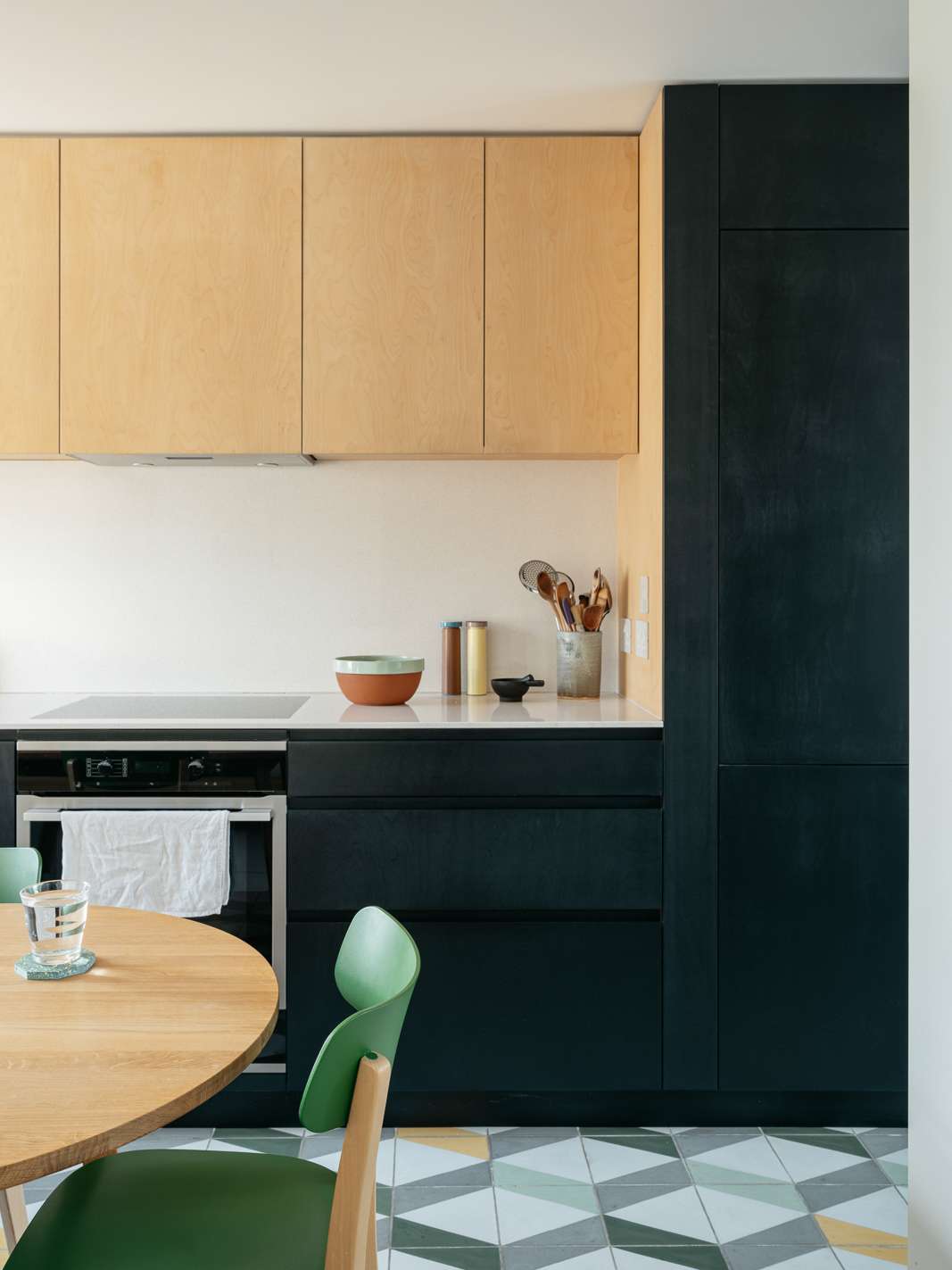
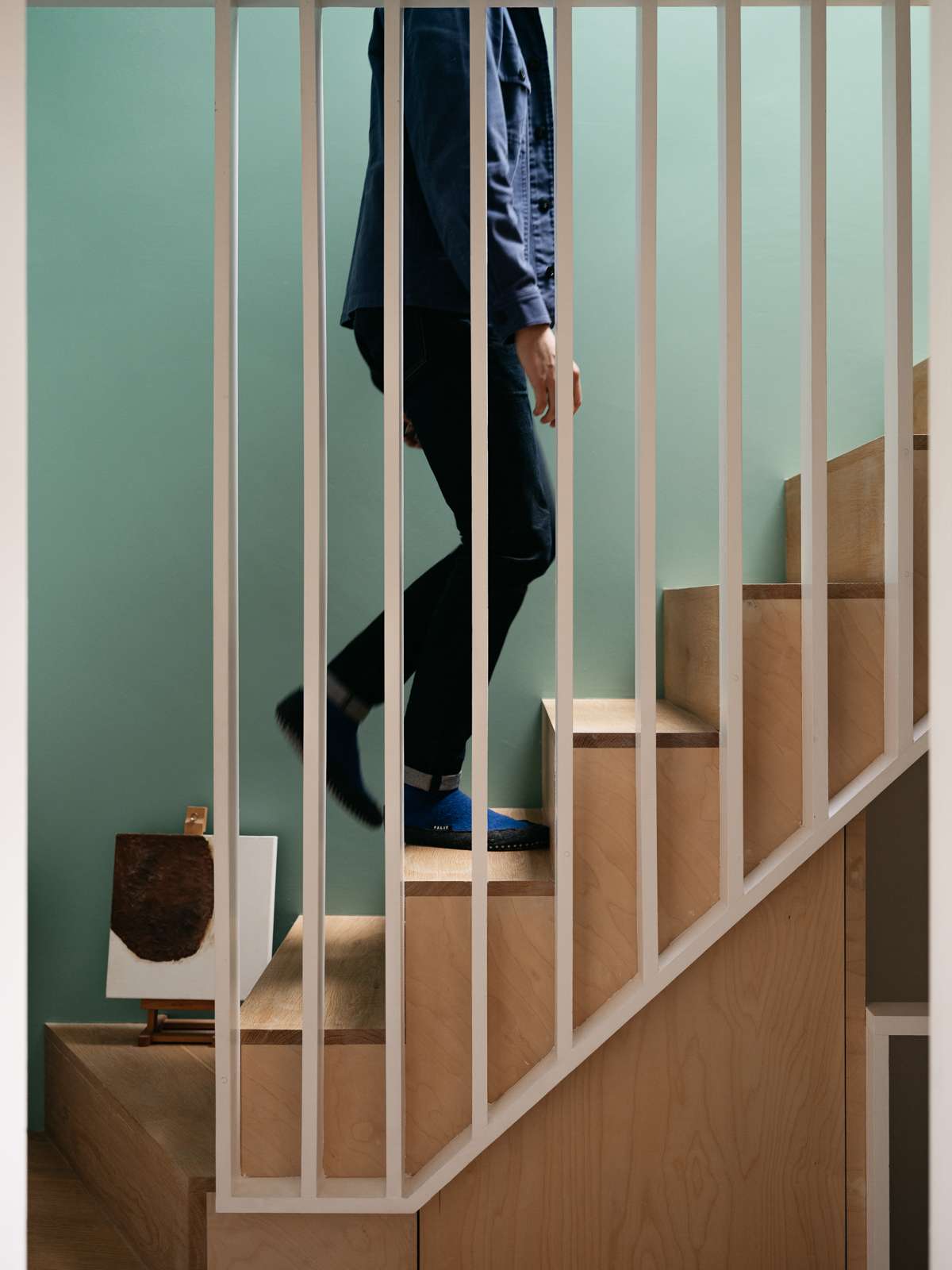
Andrew: “Colour has the potential to transform the mood of a space. You can see a lot of green around the flat because we don’t have outdoor space. We wanted to use it here to draw nature in instead. We don’t have lots of pictures up everywhere either because the colours do their own thing.
“We collaborated on the project with a joiner called Paul McCormack, who also sold his home with The Modern House. He used to live nearby and I would cycle past his van every day. It stood out to me because it was very considered: it was simple with a nicely designed logo. It communicated that he cared about design and I felt compelled to look him up. Doing so, I realised he would be a great fit for us.
“Paul has touched all the rooms with his joinery: every window seat, the kitchen, the wardrobe… In fact, the whole scheme is about joinery. The only wooden element that isn’t by him is the staircase. Joiners are generally quite expensive – for good reason – but we managed to agree a way of working that meant the project was possible for us. He used birch ply, which he thought was the most economic material, and supplied it raw. We then used oil and wax to protect it ourselves. It has a nice sheen to it.
“The bedroom upstairs was imagined as a room that would centre around a big picture window. We thought it would be a shame if only the person sleeping there would get to enjoy it, so the joinery around the window has been designed so that you can sit there, look out to the allotments, read or daydream.”
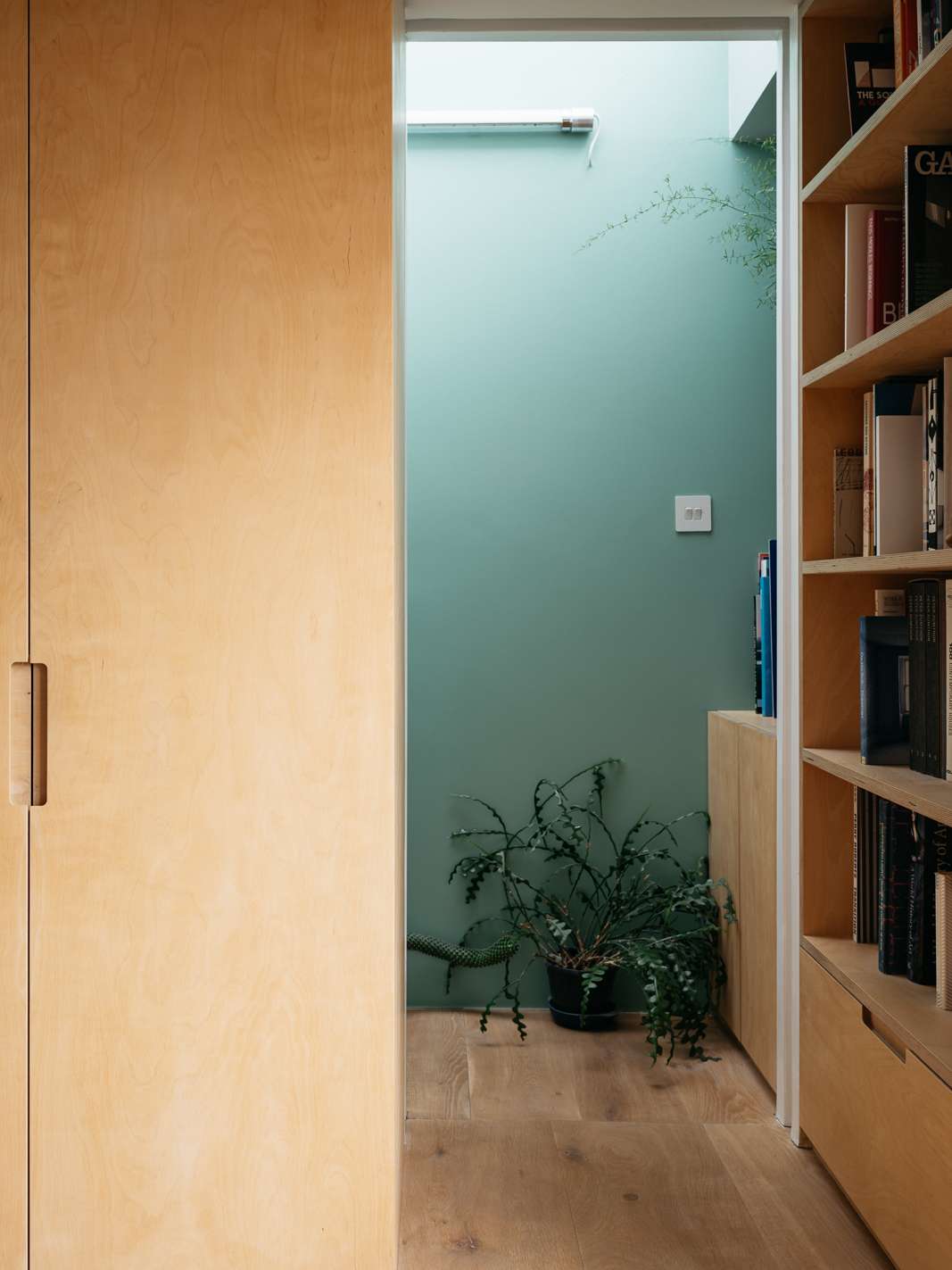
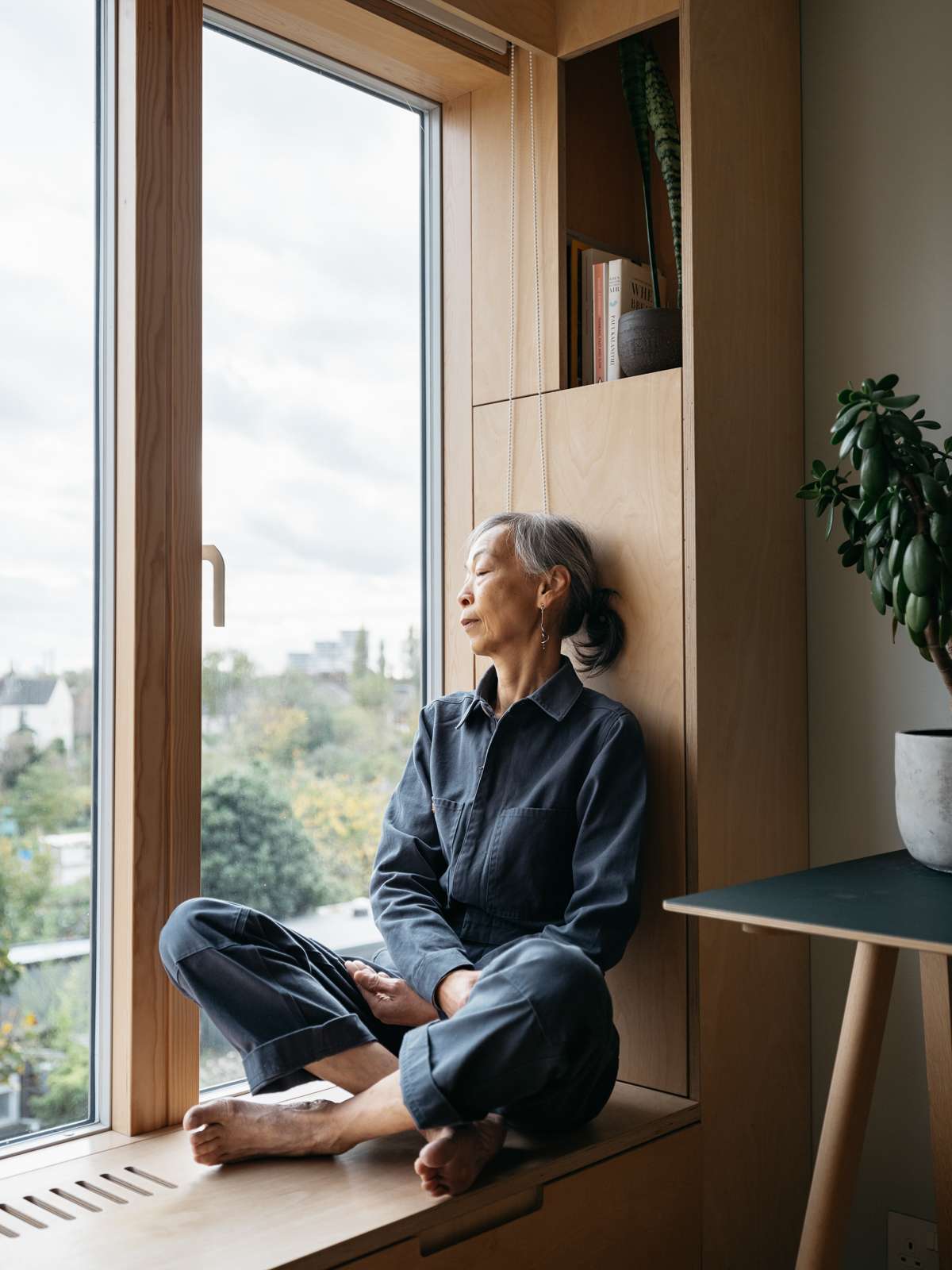
Mabel: “I love to sit by that south-facing window in the sun, but, because I love cooking, the kitchen has always been the most important space for me. I spend a lot of time baking bread and making things in there.
“It will be strange to leave because we’ve put so much into this flat. But you’ve got to let go and move on. I’ll miss the area too, particularly the wetlands, which I used to run round every day. But hopefully someone else will enjoy this place for many years – that makes me feel a little less sad about leaving here.”
Andrew: “We’re relocating to Folkestone as it’s a seaside town that has had a remarkable transformation through arts and culture, with strong links to London whilst maintaining its own identity.
“This project has been really special. The idea was to design something that had personality but that someone else would be able to make it their own, too. I’m excited that suddenly it will be truly tested when somebody else lives here.”
